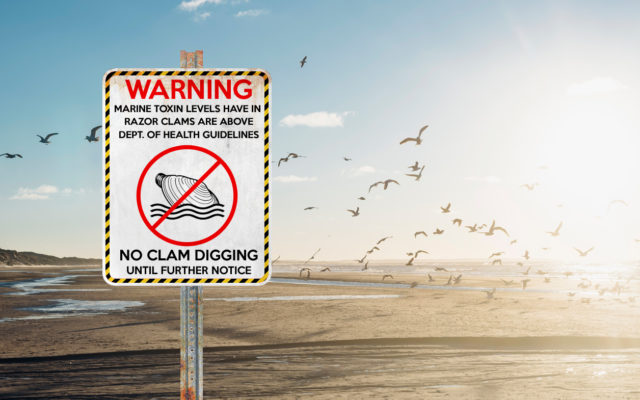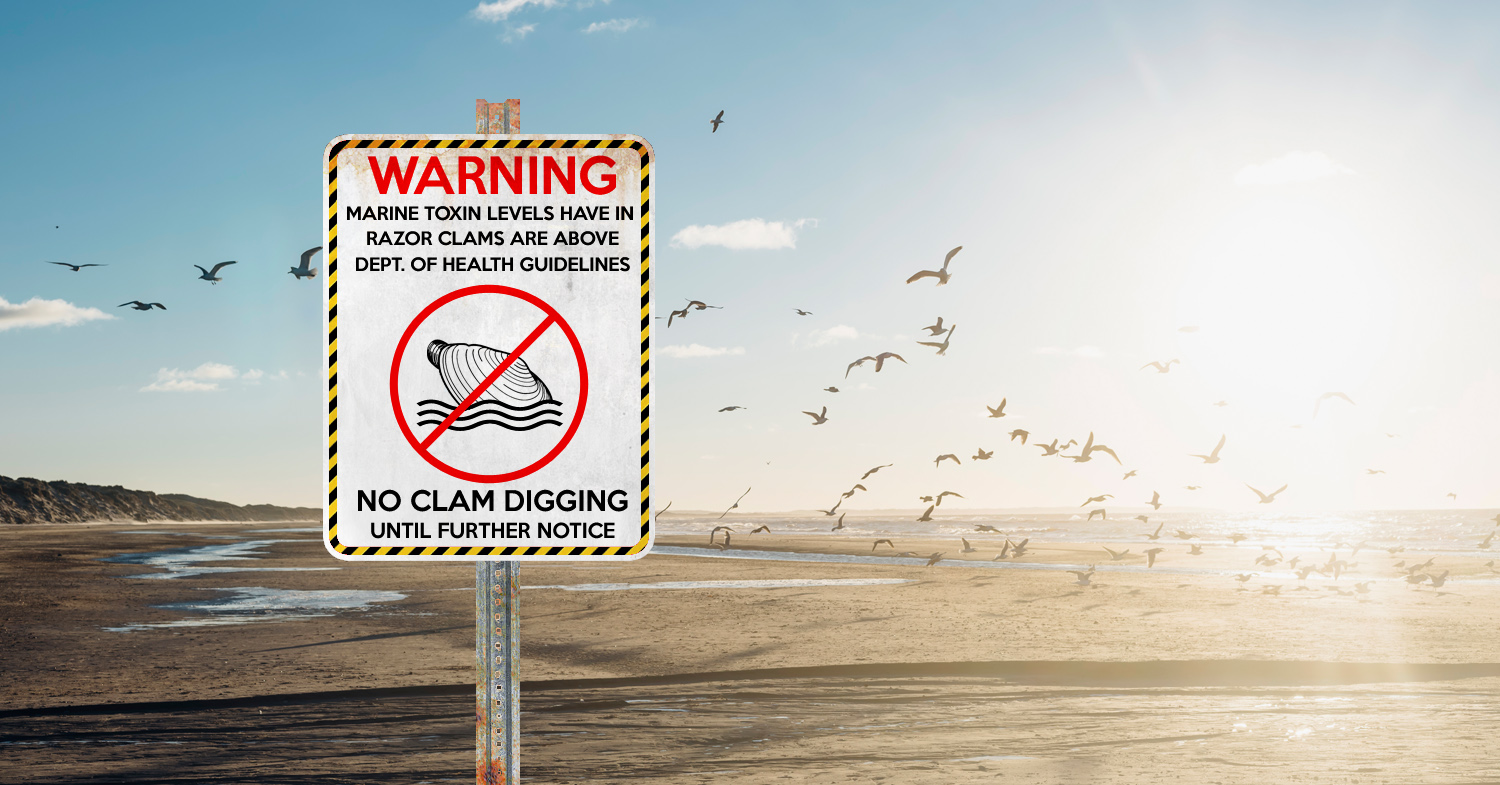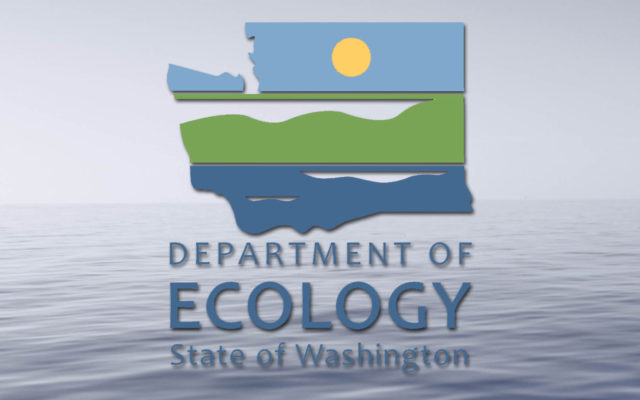Domoic acid levels continue to stymie local clam digs


There is no projection as to when razor clam digs on the Washington coast will return, as all local beaches continue to show increased levels of domoic acid.
In an update from the Washington State Department of Fish & Wildlife and Coastal Shellfish Manager Dan Ayres, he tells KXRO that no future razor clam dates will be announced until domoic acid levels drop below the action level.
Testing has been done every two weeks for months now as levels of marine toxin above the approved action level have stopped the opportunities for local residents and visitors from recreationally digging the razor clams.
MARINE TOXIN UPDATE:
Listed below are the most recent marine toxin levels, as announced by the Washington Department of Health (WDOH).
Before a beach can be opened for the harvest of razor clams, WDOH protocol requires that all razor clam samples collected from that beach must test under the action level (20 ppm for domoic acid; 80 μg/100g for PSP; and 16 μg/100g for DSP) on both of two required sample collections, that must be spaced 7 to 10 days apart.
Note that in all these samples; only razor clam meat tissue is tested.
These samples were all collected on 01/28/2021.
Long Beach Area E (north):
- domoic acid = 22 ppm
- PSP = none detected
- DSP = none detected
Twin Harbors Area CL (middle):
- domoic acid = 30 ppm
- PSP = none detected
- DSP = none detected
Copalis Area K (south)
- domoic acid = 27 ppm
- PSP = none detected
- DSP = none detected
Copalis Area XL (middle)
- domoic acid = 32 ppm
- PSP = none detected
- DSP = none detected
Copalis Area GS (north)
- domoic acid = 49 ppm
- PSP = none detected
- DSP = none detected
Mocrocks Area CP (middle)
- domoic acid = 30 ppm
- PSP = none detected
- DSP = none detected
Mocrocks Area MP (north)
- domoic acid = 33 ppm
- PSP = none detected
- DSP = none detected
As reported by WDOH earlier this month, razor clams are following the historical pattern of slowly depurating (losing) domoic acid. We also are observing the levels “bounce around” some, as they have in past events.
“This is a result the individual 12 clams we harvest when we are collecting samples. The toxin “load” can vary greatly between individual clams. The laboratory protocol requires the clams to be cleaned and then the meat from all 12 (per area) are blended together. Then a sample of that mixture is analyzed and one result is reported for that area.”
These results and the historical record of domoic acid events can be found at: https://wdfw.wa.gov/fishing/basics/domoic-acid/levels (click on “show historical data”) and then hover your curser over the data points for more detail).
Along with sampling collecting razor clam every two weeks, WDFW together with our colleagues in the ORHAB (Olympic Region Harmful Algal Bloom) partnership continue on-going observations of the surf zone phytoplankton assemblages.
You Might Also Like



